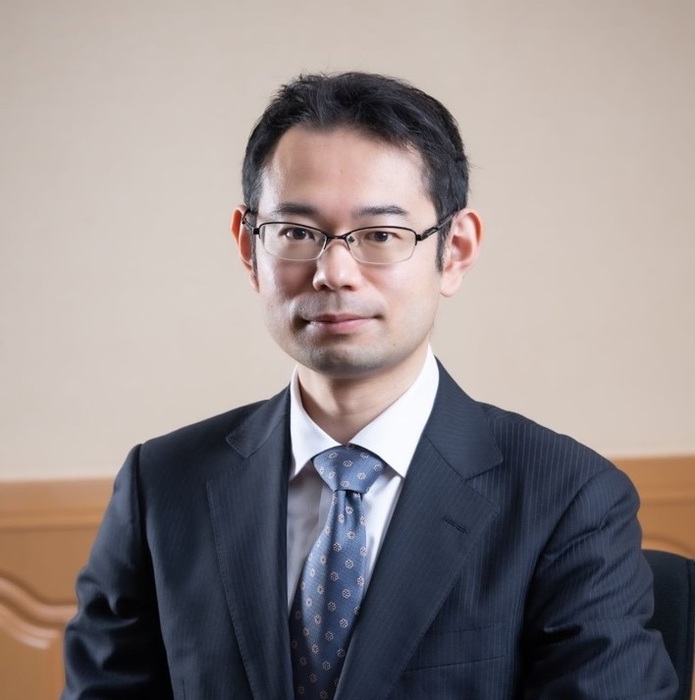Pushing the Limit of Human’s Capability: Joint Collaboration with Machines towards Accelerated Discovery of Advanced Electrochemical Materials and Unveiling Electrode Processes

時間:2024/6/24 15:00
演講者:Prof. Ken SAKAUSHI
講者現職:National Institute for Materials Science (NIMS), Japan & University of Tsukuba, Japan
主持人:田弘康 教授
地點:四樓創意講堂
語系:English
Several decades are typically required to identify an optimized material for a specific device. This period, encompassing material discovery and trial-and-error-based optimization, is known to be a major lead time in the implementation of key technologies in our society. Thus, an approach that can significantly accelerate the discovery of materials with desirable functions is imperative. In recent years, a huge number of artificial intelligence (AI) based attempts have been made to speed up the process of finding materials with desired properties, to shorten this time-consuming step, and establish advanced devices more efficiently. This AI-based method is of particular interest for the advancement of water-splitting devices, where the oxygen evolution reaction (OER) electrocatalyst is a key material, to achieve carbon-neutrality. However, the electrochemical reaction is complex, and therefore a groundbreaking model study is necessary to improve the methodology for using AI in electrochemistry research in general.
Thus, aiming to tackle this issue, we developed a human-machine (AI) collaboration approach which can significantly shorten the development period of novel platinum-group-metal (PGM) free OER electrocatalysts with electrochemical properties comparable to those of PGM-based electrocatalysts. In the lecture, I will talk on the details on the experiment design of this Human-Machine Collaboration (HMA) and future directions.
These prospects on materials design based on HMA hold promise, not only in the pursuit of OER electrocatalysts demonstrating superior performance to PGM-based materials, as elucidated in the above study but also for dramatically enhancing material’s properties for other diverse applications. These applications may include rechargeable batteries, fuel cells, or electrochemical high-value chemical synthesis, but are not limited only to electrochemical devices. Consequently, it is my aspiration that this work could encourage scientists and engineers to harness the power of AI in material discovery, transcending the limitations of current human capabilities and thereby accelerating science and technology in the 21st century.


